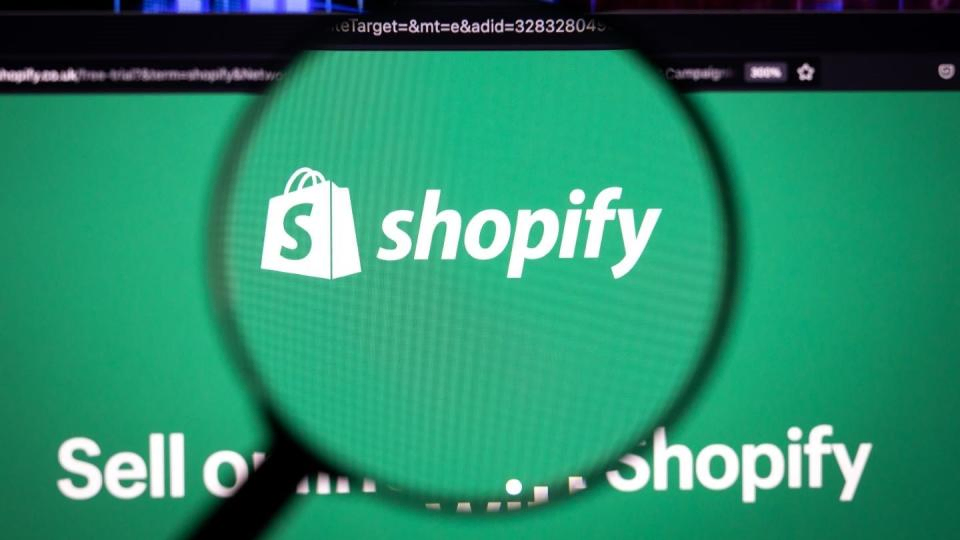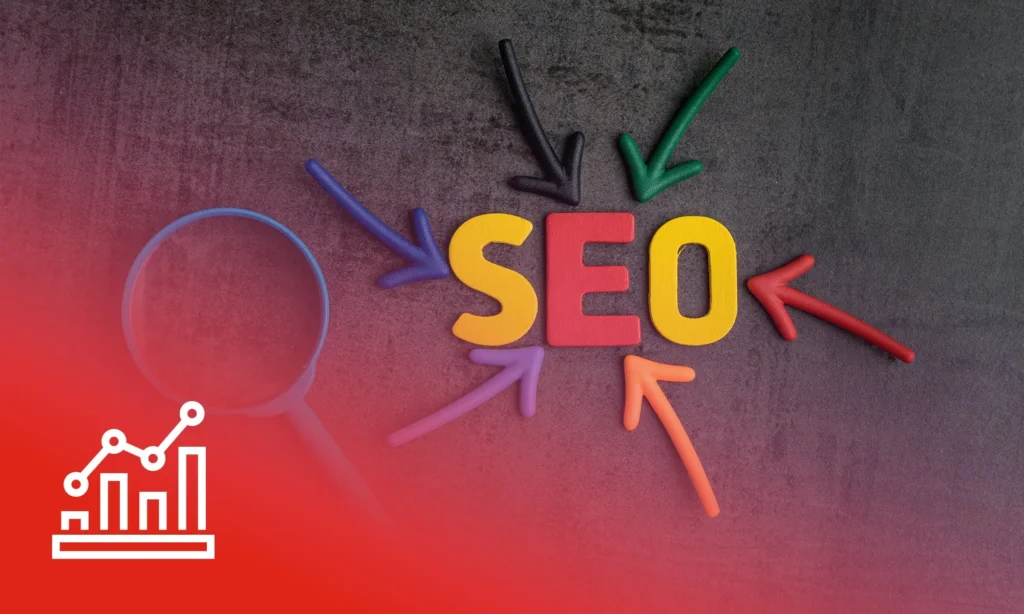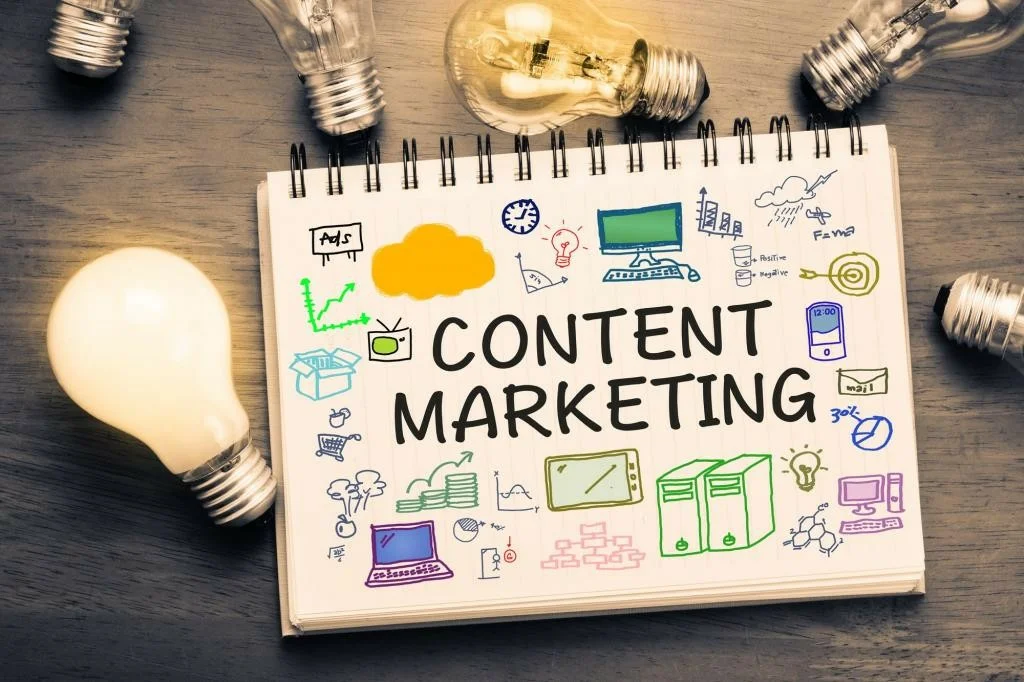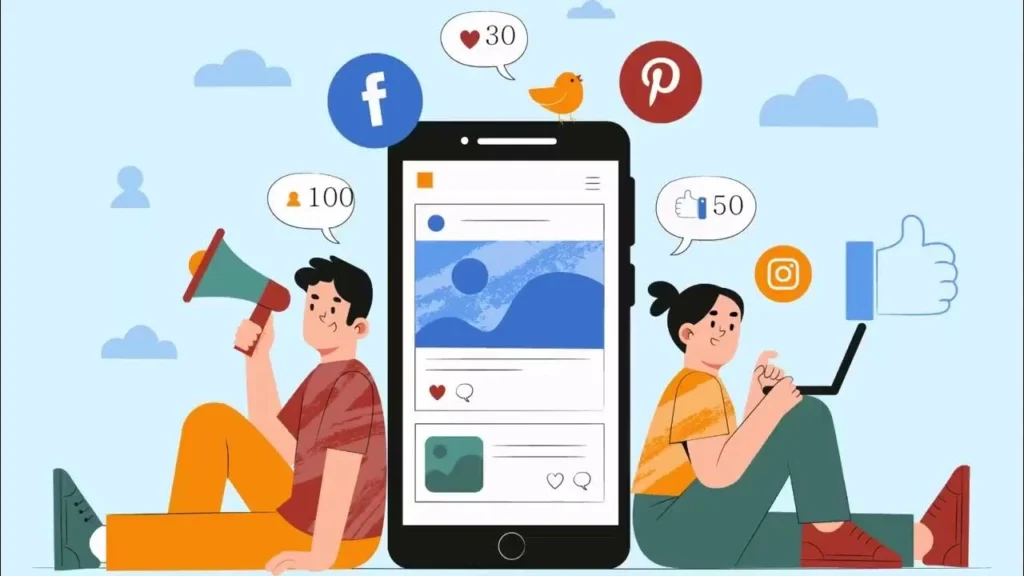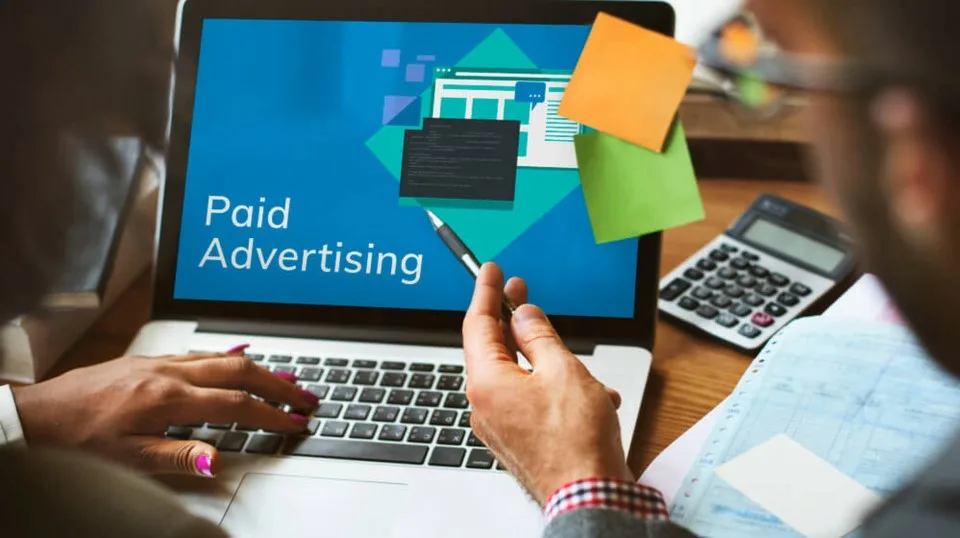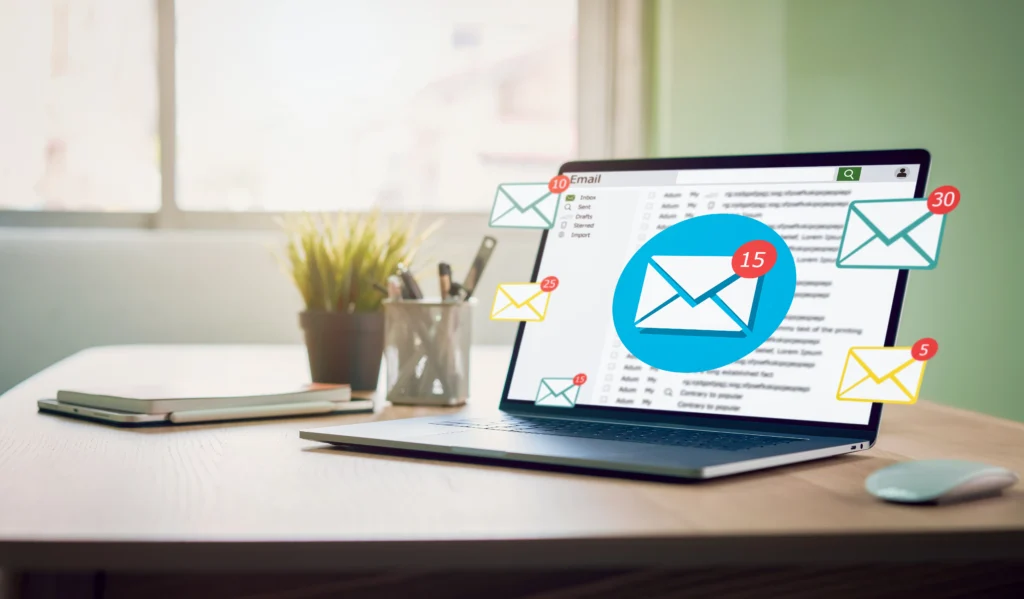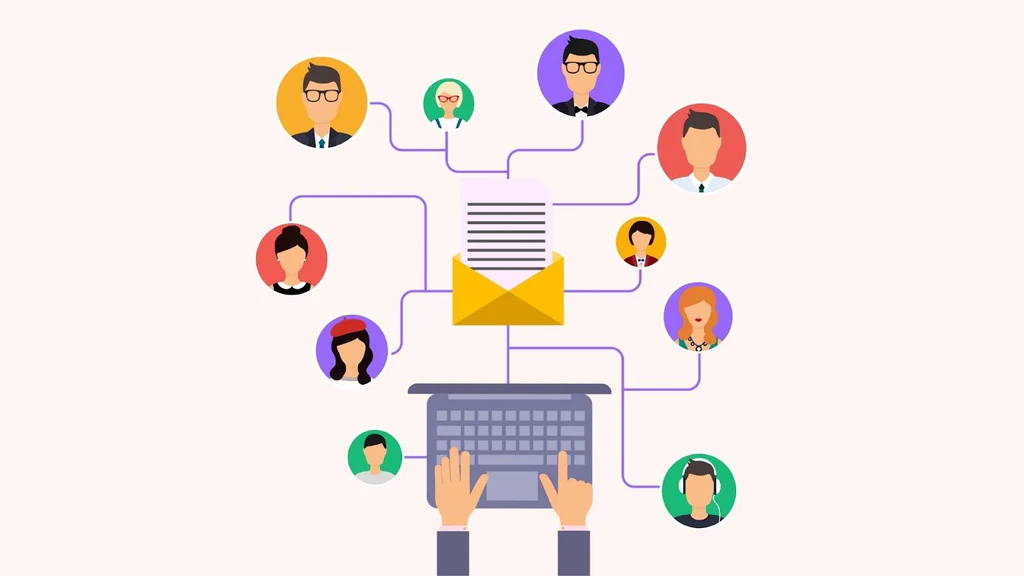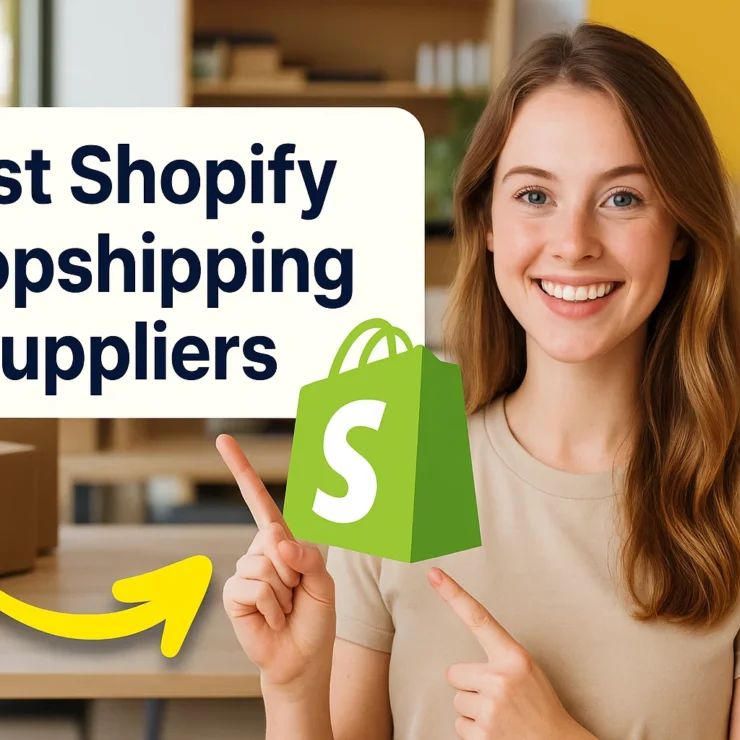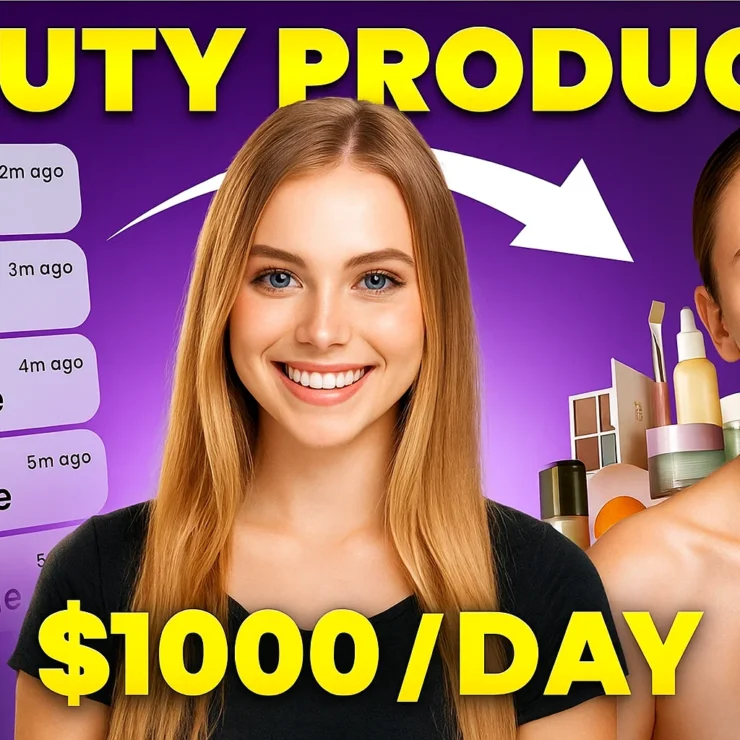Launching a Shopify store is just the beginning—driving consistent, high-quality traffic is what truly fuels growth. In today’s competitive eCommerce landscape, simply having great products isn’t enough. Without traffic, even the best-designed store remains invisible. The question isn’t just how to drive traffic to Shopify store, but how to attract the right audience that’s ready to convert.
As we step into 2025, traffic-generation strategies are evolving. Search engine algorithms are smarter, social media trends are shifting faster, and consumer behavior is more dynamic than ever. For store owners aiming to scale, understanding what works now—and what will work tomorrow—is critical.
In this in-depth guide, we’ll cover proven strategies that help Shopify sellers increase their visibility, bring in qualified traffic, and boost conversions. Whether you’re just starting out or looking to refresh your growth plan, this blog will serve as your roadmap to sustainable, scalable Shopify traffic.
Why Driving Traffic to Your Shopify Store Matters
No matter how visually stunning or user-friendly your Shopify store is, it won’t generate sales without a steady stream of visitors. Traffic is the lifeblood of any eCommerce business. But more importantly—qualified traffic is what truly drives growth.
There’s a big difference between just getting clicks and getting the right clicks. Targeted traffic consists of users who are actively searching for the products or solutions you offer. These visitors are more likely to engage with your content, subscribe to your emails, or make a purchase.
Additionally, traffic fuels your store’s performance across other channels. For example, more traffic = more data. That means better retargeting, improved SEO signals (like dwell time and engagement), and sharper ad audience optimization.
Whether you rely on organic search, social media, paid ads, or email campaigns, driving traffic is the first step in building trust, building a brand, and generating consistent revenue. And in 2025, getting this right means staying competitive in a saturated digital market.
How to Get Traffic to Your Shopify Store?
If you want more people to visit your Shopify store, you need an approach. However, there is no single strategy that works best for all businesses. What kind of business are you running and how much money do you have for advertising will determine this.
Let’s see how to drive traffic to your Shopify store in these ways.
Optimize Your Shopify Store for Search Engines (SEO)
If you’re wondering how to drive traffic to your Shopify store without paying for every click, SEO is your best long-term investment. It helps your store appear in Google when shoppers search for products like yours—and it starts with proper keyword research.
Start with Smart Keyword Research
Keyword research is the foundation of your SEO strategy. Use tools like:
Google Keyword Planner (free)
Ubersuggest
Ahrefs or SEMrush
Keywords Everywhere browser extension
Look for:
Transactional keywords (e.g., “buy men’s leather wallet”)
Long-tail keywords (e.g., “eco-friendly yoga mats for beginners”)
Problem-solving keywords you can use in blog content (e.g., “how to stretch new running shoes”)
Aim for keywords with a good balance of search volume and low competition—and align them with buyer intent.
On-Page SEO: Optimize What Matters
Once you have your keywords, apply them to:
Title tags, meta descriptions, and headers (H1, H2s)
Product and collection descriptions
URLs (e.g.,
/organic-coffee-beans)Image alt text
But don’t stuff keywords—Google prefers natural, helpful content.
Technical SEO: Site Health & Speed
Make your store Google- and user-friendly:
Optimize images for speed (use WebP format or compression apps)
Choose fast-loading, mobile-first themes
Fix broken links and duplicate pages
Use Google Search Console to monitor performance and errors
Content SEO: Blog Your Way to Authority
Start a Shopify blog to:
Rank for long-tail, informational queries
Answer buyer questions and objections
Link to product pages naturally
Example blog topics:
“How to choose the right hiking backpack”
“Best gifts for dog lovers in 2025”
SEO Tools to Use
Google Search Console – Performance tracking
Ahrefs / SEMrush – Deep research and competitor analysis
Plug in SEO or SEO Manager (Shopify apps) – On-site diagnostics
By prioritizing keyword research and proper on-page SEO, you’ll lay the groundwork for consistent organic traffic that compounds over time.
Content Marketing That Actually Drives Traffic
Content is more than just words on a page—it’s a strategic tool for attracting, engaging, and converting your ideal audience. If you’re wondering how to drive traffic to your Shopify store, creating meaningful, search-optimized content is a high-impact, long-term strategy.
Creating content that highlights your products, expertise, and brand values positions you as a thought leader in your niche. But successful content doesn’t happen by accident—it requires:
Customer journey mapping (awareness → consideration → decision)
Buyer persona development
Thorough keyword research
Content gap analysis (what your audience needs but isn’t getting)
What Types of Content Should You Create?
Each content format serves a unique purpose and audience need. Here’s how to choose the right type:
🎧 Podcasts – Ideal for storytelling brands, sustainable products, or lifestyle-focused niches.
👥 User-Generated Content (UGC) – Works universally well; builds trust and social proof.
✍️ Blogs – Perfect for brands in fashion, home decor, kitchenware, or skincare. Focus on problem-solving, how-to guides, and trend insights.
📘 eBooks – Great for tech, electronics, and complex products where in-depth education builds trust.
📖 Guides – Excellent for products requiring assembly, step-by-step usage, or setup tutorials.
📊 Case Studies – Best suited for B2B Shopify stores; great for showcasing results and ROI.
🎥 Videos – Highly effective across all industries—think product demos, reviews, tutorials, or behind-the-scenes content.
Ask Yourself Before Creating Content:
Who is my target customer, and what challenges are they trying to solve?
What are their passions, habits, and behaviors beyond just shopping?
Where do they spend time online—YouTube, Pinterest, Instagram, TikTok, LinkedIn?
What format will best engage them while guiding them toward a buying decision?
When you align content creation with real audience needs and behavior, you not only build brand equity—you generate qualified traffic that converts.
Utilize Social Media Marketing Strategically
Social media platforms are the perfect channels to drive traffic to your Shopify store while building your brand’s community. If you haven’t fully tapped into social media marketing yet, you’re missing out on a massive opportunity to engage with potential customers.
Choose the Right Platforms
Not all social media platforms are created equal, and knowing where your target audience spends their time is crucial. Here’s how to decide:
Instagram & Pinterest – Ideal for visually-driven brands like fashion, beauty, and home décor. Leverage high-quality images, short videos, and influencer partnerships to showcase products.
Facebook – Great for eCommerce stores that sell a wide variety of products or target an older demographic. Use it for product reviews, offers, and engaging content in your business’s niche.
TikTok – Best for brands targeting Gen Z and millennial audiences. Creative, short-form video content like challenges, product demos, and behind-the-scenes clips can go viral and bring significant traffic.
LinkedIn – Perfect for B2B eCommerce stores, especially in sectors like technology or professional services. Share thought leadership content, case studies, and customer success stories.
Twitter – Useful for customer engagement, updates, and trending topics. Twitter is great for driving traffic through quick, concise promotions, industry news, and direct interaction.
Consistent Posting & Engagement
Post consistently, but also interact with your audience. Respond to comments, repost UGC, and host live Q&A sessions or product launches. By creating genuine relationships, you keep your brand top-of-mind and increase the chances of repeat visits to your store.
Use Paid Ads to Boost Visibility
While organic reach is important, paid social ads on platforms like Facebook and Instagram can be a game-changer in driving targeted traffic. Set up campaigns based on:
Retargeting visitors who have already shown interest but didn’t purchase.
Lookalike audiences to find new customers similar to your best buyers.
Interest-based targeting to reach users with specific hobbies, values, or demographics.
Collaborate with Influencers and Affiliates
Influencer marketing continues to grow, offering an authentic way to introduce your products to new, engaged audiences. Work with influencers who align with your brand values to promote your products. This can significantly drive traffic through their followers.
By optimizing your social media strategy and engaging with your audience where they’re most active, you can steadily grow your Shopify store’s traffic and sales.
Invest in Paid Advertising
While organic strategies like SEO and social media marketing can drive traffic over time, paid advertising is a powerful tool for boosting traffic quickly and targeting the right audience effectively. If you want to know how to drive traffic to your Shopify store and generate immediate results, investing in paid ads should be a key part of your strategy.
Google Ads: Capture Intent-Driven Traffic
Google Ads is ideal for attracting customers with high purchase intent. You can target users actively searching for products like yours. Here’s how to maximize your efforts:
Search Ads: Target keywords that reflect what your customers are searching for—think transactional terms like “buy running shoes” or “best organic skincare products”.
Shopping Ads: Showcase your product directly on the Google search results page with images, prices, and reviews.
Display Ads: Retarget website visitors with banner ads to bring them back and complete a purchase.
By targeting keywords with high intent, Google Ads helps you reach customers who are ready to convert, driving highly qualified traffic to your store.
Facebook and Instagram Ads: Reach Your Target Audience
With Facebook and Instagram, you can run ads that drive traffic and increase brand awareness. These platforms offer powerful targeting options based on:
Demographics (age, location, interests)
Behavioral patterns (purchasing habits, browsing activity)
Lookalike audiences (based on your best customers)
Ad formats to consider:
Carousel Ads: Display multiple products in a single ad.
Video Ads: Showcase product demos or customer testimonials.
Story Ads: Use Instagram or Facebook Stories for quick, engaging ads.
These ads can be optimized to target specific audiences, ensuring your budget is spent efficiently.
Retargeting Ads: Re-Engage Potential Customers
Retargeting ads are a must-have for driving traffic back to your Shopify store. After a visitor has interacted with your site—whether they’ve added products to their cart or just browsed—retarget them with ads showcasing the same products or offering a discount to encourage a conversion.
Platforms like Facebook, Instagram, and Google offer retargeting options that keep your brand in front of potential customers, improving conversion rates.
Monitor & Optimize Paid Campaigns
To get the best results, continually monitor the performance of your ads. A/B test different creatives, ad copy, and target audiences to see what resonates most with your audience. Analyze metrics like:
Click-through rates (CTR)
Cost per click (CPC)
Conversion rates
Optimization ensures that your ads are generating the best ROI and that you’re consistently driving quality traffic.
Email Marketing
Email marketing continues to be one of the most effective strategies for driving traffic to your Shopify store, and when used correctly, it can significantly boost sales. Unlike social media, where your content can easily get lost in the noise, email marketing provides a direct line to your most engaged customers.
Build a Targeted Email List
The foundation of effective email marketing starts with a quality email list. To build this list, use opt-in forms on your website, offering incentives like:
Discount codes for first-time buyers
Exclusive content or resources
Early access to sales or product launches
You can also use exit-intent pop-ups to capture visitors before they leave your store.
Segment Your Email List for Maximum Impact
Not all subscribers are the same, and sending generic emails to your entire list can lead to disengagement. Instead, segment your list based on factors such as:
Purchase history: Promote complementary or new products based on previous buys.
Engagement level: Target highly engaged users with product recommendations, and re-engage inactive subscribers with special offers.
Customer type: Differentiate between first-time visitors and repeat customers, offering tailored messaging to each.
This segmentation allows for highly personalized emails that resonate with each recipient, increasing open rates and driving traffic to your Shopify store.
Automated Email Campaigns
Automation saves you time while keeping your customers engaged. Set up automated email sequences to nurture your leads and encourage repeat purchases, including:
Welcome series for new subscribers
Abandoned cart emails to bring back potential buyers
Post-purchase follow-ups asking for reviews or recommending related products
Automated campaigns not only help you maintain consistent communication but also ensure you never miss an opportunity to drive traffic and conversions.
Create Compelling Email Content
Your email content should offer value. Whether it’s a special promotion, a product update, or a newsletter, your emails need to be engaging and actionable. Focus on:
Clear, enticing subject lines that increase open rates
Compelling calls to action (CTAs) that drive clicks to product pages
Visually appealing designs with well-crafted product showcases
Influencer & Affiliate Marketing
In today’s digital age, collaborations and partnerships can be the game-changer when it comes to driving high-quality traffic to your Shopify store. With social media platforms at the forefront of purchasing decisions, partnering with influencers, brands, and affiliates can give you access to a wider audience and enhance your store’s credibility.
Collaborate with Influencers to Build Trust and Reach
Influencers have established deep trust within their communities, making them ideal partners to introduce your products to a targeted audience. A well-chosen influencer can help your brand become more visible, especially if they share your target demographic and values.
To create a successful influencer partnership:
Find the right match: Focus on influencers who align with your brand and cater to an audience similar to your target market.
Create engaging campaigns: Use a mix of content, from product reviews to creative challenges or giveaways, to capture your audience’s attention.
Leverage promo codes and links: Giving influencers unique discount codes or affiliate links encourages their followers to visit your store, track sales, and increase conversion rates.
Affiliate Marketing: Drive Traffic Through Commission-Based Partnerships
Affiliate marketing allows you to tap into a network of affiliates who earn commissions for driving sales to your Shopify store. The beauty of affiliate marketing lies in its performance-based nature—affiliates are motivated to promote your products because they only earn when they deliver results.
Here’s how to implement an effective affiliate strategy:
Join affiliate programs: Use platforms like Refersion or ShareASale to easily manage and track affiliates.
Offer competitive commissions: Keep your commission rates attractive enough to entice affiliates to actively promote your products.
Monitor performance: Tracking metrics such as traffic, sales, and ROI will help you understand which affiliates are most effective and adjust your strategy accordingly.
Track, Analyze, and Improve Performance
Driving traffic to your Shopify store is just the first step. To maximize your efforts and ensure sustained success, it’s crucial to track, analyze, and optimize the performance of your marketing strategies. Without understanding what’s working and what’s not, your traffic growth could plateau.
Track Key Metrics
Tracking key performance indicators (KPIs) is essential to understanding how well your strategies are performing. Some of the most important metrics to monitor include:
Traffic Sources: Understand where your traffic is coming from—whether it’s organic search, paid ads, social media, or influencer marketing.
Bounce Rate: High bounce rates may indicate that visitors are not finding what they expected on your site. A low bounce rate signals that people are engaging with your content.
Conversion Rate: This is the ultimate metric to track. Are visitors completing purchases or abandoning their carts? A high conversion rate means your traffic is not only landing on your site but also taking action.
Average Order Value (AOV): If you want to increase revenue without increasing traffic, focusing on raising your AOV can have a huge impact.
Analyze Customer Behavior
To improve your Shopify store’s performance, it’s important to understand how visitors behave once they land on your site. Use tools like Google Analytics or Hotjar to track and analyze customer journeys.
Here are some things to focus on:
Page views and time on site: Which pages are performing well? Which pages are visitors spending the most time on? This can help you identify high-converting content or product pages.
User flow: Understand the paths visitors take on your site. Are they navigating from your homepage to product pages and completing a purchase, or are they dropping off early in the process?
Checkout experience: If customers are abandoning their carts, it could be due to friction in the checkout process. Analyze your cart abandonment rate and optimize your checkout flow.
Use A/B Testing to Optimize Your Campaigns
A/B testing is one of the most powerful methods to optimize your marketing strategies. By testing different elements, such as ad copy, images, landing page designs, and CTAs, you can determine what resonates best with your audience. Over time, small optimizations can result in significant improvements in traffic and conversions.
For example, test different:
Email subject lines to see which ones get the highest open rates.
Ad creatives to find which images and messaging convert better.
Product page layouts to improve user experience and increase conversions.
4. Continuously Improve Based on Data
Once you have tracked and analyzed your performance, it’s time to make data-driven decisions. The insights gathered from your analysis should guide you in refining your marketing efforts. For example:
Adjust your advertising budget: Allocate more spend to channels and campaigns that are performing well.
Update your content strategy: If blog posts or videos are driving significant traffic, create more of that content.
Refine your SEO: If certain keywords are performing better, invest in ranking higher for those search terms.
By continuously monitoring, analyzing, and optimizing, you’ll ensure that your traffic-driving strategies are always evolving to deliver better results.
Conclusion
In 2025, driving traffic to your Shopify store requires a blend of strategic marketing techniques, data-driven insights, and continuous optimization. By employing the proven strategies discussed—such as SEO, content marketing, social media engagement, paid advertising, and collaborations with influencers and affiliates—you can attract a steady stream of potential customers to your site.
However, the work doesn’t stop at attracting traffic. Consistently tracking, analyzing, and improving your efforts will allow you to optimize your strategies, boost conversions, and create a loyal customer base. Always stay agile, keep refining your approach based on insights, and engage with your audience to turn website visitors into loyal buyers.
Implement these strategies, adapt as needed, and watch your Shopify store thrive in 2025 and beyond!
FAQs
What is the most effective way to drive traffic to my Shopify store in 2025?
A mix of SEO, content marketing, social media, and paid ads works best. Leverage influencers, affiliate marketing, and create valuable content like blogs or eBooks for more visibility.
How can I use social media to drive traffic to my Shopify store?
Post regularly, collaborate with influencers, run targeted ads, and engage your audience on platforms like Instagram, TikTok, and Facebook to drive traffic to your store.
How do I optimize my Shopify store to convert visitors into customers?
Improve site speed, streamline the checkout process, use clear CTAs, and display customer reviews to build trust and increase conversions.
What role does content marketing play in driving traffic to my Shopify store?
Create SEO-optimized content like blogs, guides, and eBooks to attract organic traffic, answer customer questions, and position your brand as an authority.
How can influencer and affiliate marketing boost my Shopify traffic?
Influencers promote your products to a relevant audience, while affiliates drive sales through commission-based partnerships, both expanding your reach and boosting traffic.
Contact Us for Tailored Solutions – Stores Automation
Ready to transform your Shopify store and achieve big wins? Contact us at Stores Automation for personalized solutions that leverage the power of automation for your business. Reach out to us at 302-204-8244 or via email at info@storesautomation.com. For more information, visit our Sign Up page. Embark on the path to e-commerce success with Stores Automation – where small changes lead to big win.
